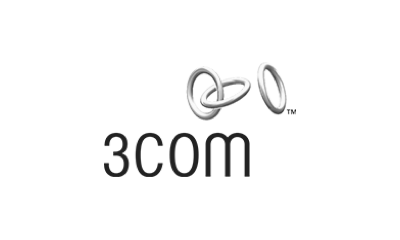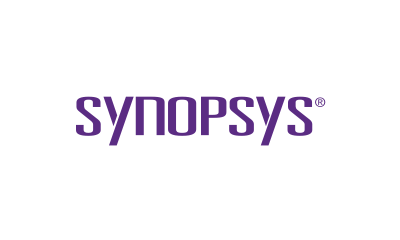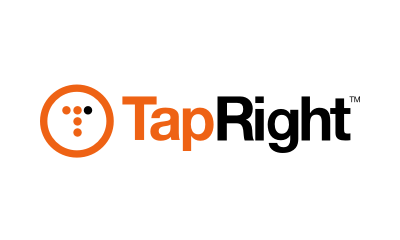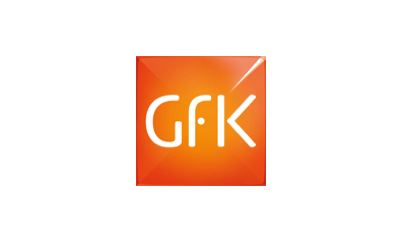Understanding The Difference Between Wireframes, Mockups, and Prototypes
Posted by Tech.us Category:
Wireframes, mockups, and prototypes are popular terms in the field of user interface and user experience. However, many people still confuse the three software prototypes with one another and aren’t completely aware of how exactly they can be used to make better designs.
In this article, we’ll look at the distinct differences between the three in detail to help you to understand when a wireframe, mockup, and prototype should be used during the design process.
What Is a Wireframe?

A wireframe is essentially a rough outline or sketch of an app or website, focused on how it will look once it’s done. It’s often presented with boxes, gray lines, placeholders, and various colors.
Think of it as a building blueprint, one that involves lots of work from participants before it can be converted into the finished product. A wireframe is the perfect tool to use for the early design or brainstorming stage of a project.
Wireframes are the essential framework of an app or website and have three main goals:
- To display basic app/website user interfaces
- To present the primary contents
- To outline the layout or structure of the project
Why Is a Wireframe Important?
As stated earlier, a wireframe is a basic blueprint that maps out how an app or website is going to be designed later on in the project. It allows for the whole product team to focus primarily on the larger decisions of the project before diving into other details.
A wireframe helps simplify the overall design process and provides several benefits:
- Makes communication easier: A wireframe is an ideal way to communicate with the rest of the people involved. It reduces communication issues between team members and is a great way to demonstrate design ideas to clients and other stakeholders.
- Can be built quickly: You can immediately express and share your ideas by coming up with a wireframe using just pen and paper. For speedier communication, you don’t need to pay attention to the details, as you can use simple texts and placeholders to showcase your concept.
- Low cost: There’s no additional cost when creating a wireframe using pen and paper. Even when using a wireframe tool, some programs are free of charge or cost very little to buy.
A wireframe is a great option for you and your team members to help visualize the more pressing aspects of the project. It also helps everyone to stay involved with the design instructions during the initial design stage.
Low-Fidelity vs High-Fidelity Wireframes
During the initial brainstorming stage, most designers prefer drawing out their app or website interface directly onto paper. This results in a paper wireframe for interaction and discussion.
Since sketches often roughly show a part or essential part of the final product, these are considered low-fidelity wireframes. This is especially true since they lack many UI details.
To be able to convey design ideas better, many designers incorporate more UI information and simple interactions into their wireframes using professional wireframe technology. This then results in the creation of high-fidelity wireframes.
High-fidelity wireframes often showcase a simple interaction with the final product and are usually clickable. For instance, designers often use high-fidelity wireframes to showcase the flows of navigation, checking out, and the logging in process.
What Is a Mockup?

A mockup is similar to a wireframe, except that it’s static and has more user interface and visual aspects and details. If you think of the wireframe as a building blueprint, then a mockup is like its real-life model.
Mockups provide viewers with a more life-like impression of how exactly the final app or website will look once it’s done. They’re great for discussing, collaborating, communicating, and iterating projects with team members at the latter design stages.
Mockups are created with extra visual details of the final app or website. They incorporate:
- Rich styles, colors, typography, and graphics
- Actual texts and buttons
- Graphics for navigation
- Component spacing and content layouts
Why Is a Mockup Important?
Once you’ve explained how your design ideas work with a wireframe, you can further talk about how they look by upgrading them into a mockup. A mockup has a better quality user interface and visual details, and provides several benefits:
- Showcase project details: Mockups allow you to showcase the in-depth details of a project. It makes it easier for you and your team members to discuss and communicate aspects in specific detail.
- Stakeholders and clients easily understand it: A wireframe can require viewers to use their brain and imagination to get the hang of the final output. With a mockup, you can showcase what a project will look like once it’s done using an improved visual appearance.
- Can be easily previewed, tested, and iterated: Compared to wireframes, you’ll find that mockups are far closer to the final output. They make excellent models for you to preview, analyze, test, seek out mistakes, and iterate them in the early stages.
- Easy to make: A great mockup tool can help you easily create realistic mockups. There are many mockup technology tools out there that you can use for your needs.
Mockups allow you to quickly share, collaborate, and then iterate projects between team members. Since mockups incorporate more visual details, though, you will need to use professional software to create your desired outcome.
How Is a Mockup Made?
Mockups require several visual elements in place, so you need to use professional software to create your intended product mockups.
Both Adobe Photoshop and Sketch are popular mockup design programs. They offer a wide variety of features that help you create mockups with rich texts, colors, graphics, layouts, and any other visual elements.
For Mac users, you can use Sketch since it’s more compatible. Meanwhile, Windows users usually prefer to use Photoshop for their mockup needs.
What Is a Prototype?

To some extent, prototypes are simply fully interactive and functional mockups that have high-fidelity user interfaces, animations, and rich interactions. They behave and work just like the final product.
A prototype makes for an ideal tool to test for possible product issues before moving to the last stage of development.
In other words, a prototype is a high-fidelity representation of the final product.
Why Is a Prototype Important?
Since prototypes present products more realistically, people can use them to perform usability tests and identify potential problems before moving on to the development stage. This allows you to save time and money down the road.
Here are some essential things that you can do with a prototype:
- Check to see if it meets user needs: With vivid animations and interactions, you can quickly interact with a prototype and see whether it meets the needs of your users. If the initial user interaction or flow is not up to par, you can still make changes to improve it.
- Test and identify possible problems: With further UI details, you can explore the user interface deeper and find possible issues for a better user experience. Additionally, you can also focus more attention on the functionality and usability of the product.
- Get new design ideas: A fully functional and realistic prototype also makes for a great way to gather new design ideas. Perhaps as you explore the prototype website or app, you’ll get to find a better idea or solution that meets your user’s needs.
- Attract more stakeholders and clients: Since you can demonstrate your ideas to stakeholders and clients better, a prototype is a great way to attract interest as it can be experienced personally by these individuals.
Low-Fidelity vs High-Fidelity Prototypes
While studying prototypes, you will definitely come across the terms “low–fidelity prototype” and “high-fidelity prototype.” However, these terms are solely used for describing the different levels in creating prototypes.
Nowadays, many designers believe that mockups and wireframes are no longer necessary. For them, they simply discuss and iterate their design ideas through paper prototyping. They usually draw the key interactions and screens directly onto paper for better coordination and testing.
On the other hand, high-fidelity prototypes are often made with quality visuals, interactions, and content. Users can immediately click and test like they would with a real website or app.
A high-fidelity prototype would act just like the final product without all of the necessary codings.
The Real Difference
By now, you should have a better understanding of the distinctions between wireframes, mockups, and prototypes. Many of the characteristics of these processes actually complement one another, which makes it good practice to use all three during the design process.
Wireframes, mockups, and prototypes provide clarity to what customers truly need. They allow teams to build products that users are going to love.
Many product teams decide on using purpose-built product management software to help centralize their product strategy. They also use this to create and share visual product roadmaps for their projects.
There are many tools available today that allow you to create wireframes, mockups, and prototypes. It’s best to do your own research to see which of them can provide for the needs of your business.

Trusted by:






We are a team of technology experts who are passionate about what we do. We LOVE our customers. We LOVE technology. We LOVE helping you grow your business with technology.
Our Company
Our Services
Talk To Us
We are a team of technology experts who are passionate about what we do. We LOVE our customers. We LOVE technology. We LOVE helping you grow your business with technology.
